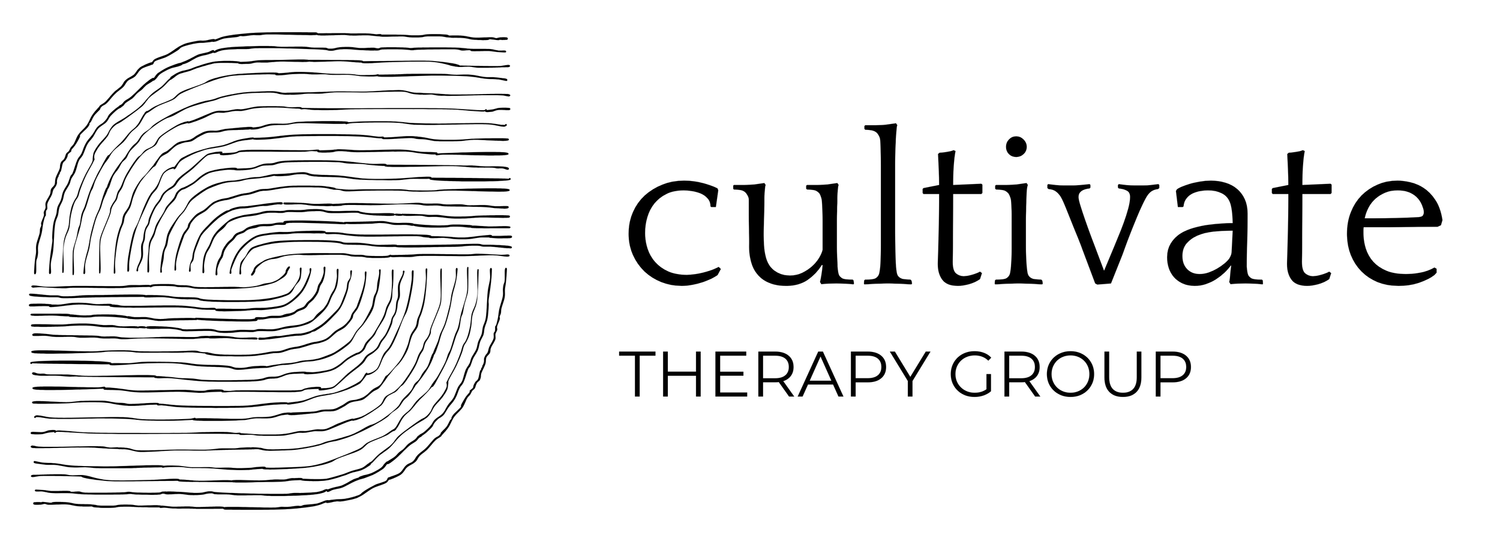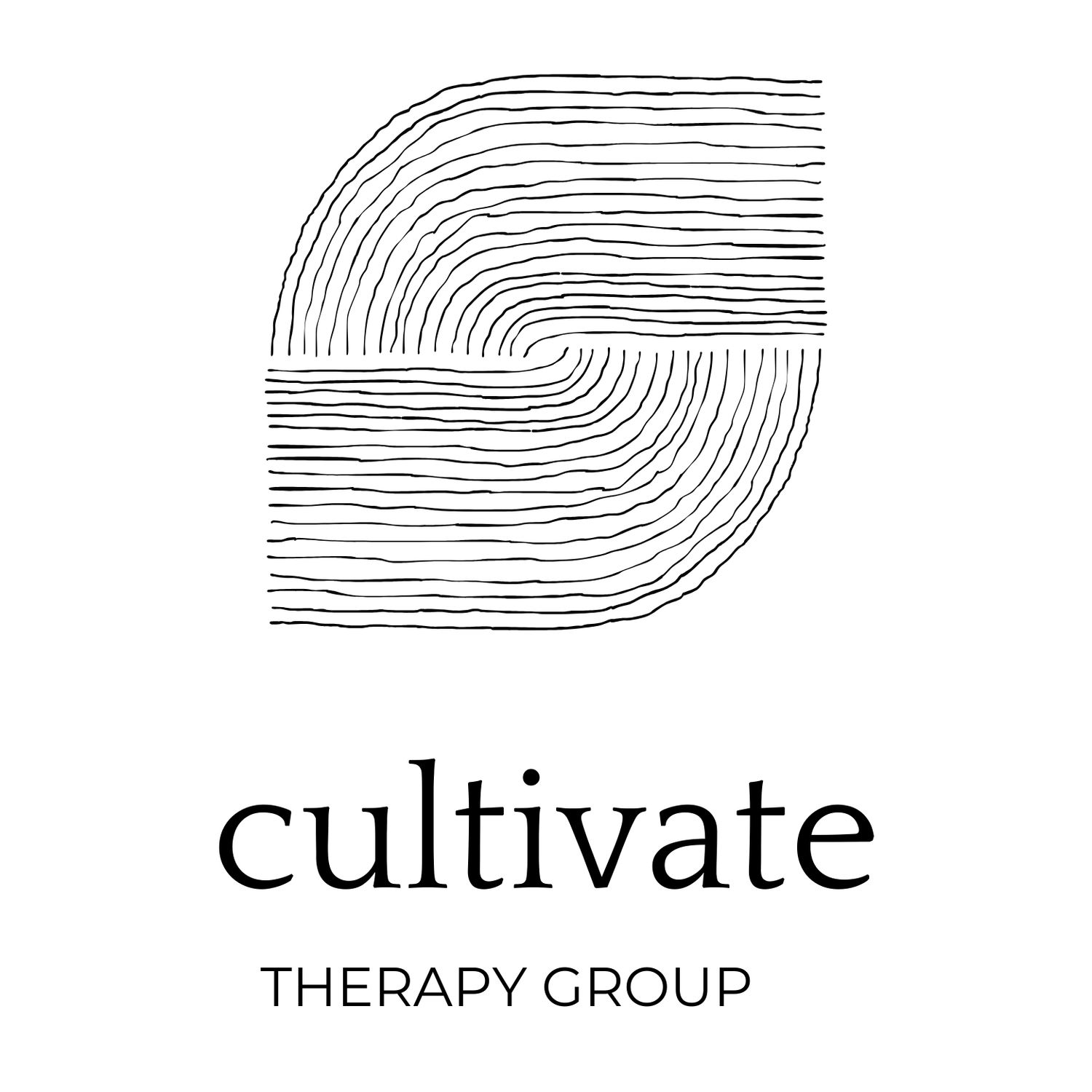Embodied Healing
I have recently been reading The Body Keeps the Score by Bessel Van Der Kolk, MD., a book exploring the ways in which our brains, minds, and bodies both hold, and in turn, can heal trauma. Trauma may feel like a scary therapy buzzword, and it becomes tempting to push it away from ourselves “I am not a vet, I wasn’t abused, etc...I don’t have trauma.” The reality is, we all experience trauma in our life, whether it be “little t” traumas, or a “big T” Traumas.
Our brain holds trauma in a very primal, emotional part of our brain called the amygdala which is responsible for our fight, flight, or freeze reactions. This part of our brain is responsible for keeping us safe. When we experience trauma, however, this part of our brain can become hijacked and triggered if it feels similar to the trauma of the past, though there may not be imminent danger in the present. This leaves our bodies in prolonged states of stress, tension, and adrenaline. Our bodies, like this part of our brain, hold onto the experience of trauma as well, manifesting in aches, pains, tension, and sometimes medical issues.
Trauma survivors often become disconnected from their body, unaware of what they are feeling or of what the body may be trying to inform them. Becoming connected to our bodies helps integrate both the little and big “t” traumas into our story, loosening the grip of its power over our present reality. Psychologists used to believe that merely talking about the traumatic story would help loosen its grip, but more current research indicates that involving the body in this process yields more lasting results.
If you are looking to heal the effects of trauma in your past to experience more freedom in your present, consider integrating your body into your healing as well. In addition to working with a trained therapist, finding a certified body worker or massage therapist can loosen tension, help you become more aware of bodily sensation, and allow you to experience safe physical touch. Practicing yoga similarly connects you with your body, releases emotion, and empowers you with core strength. Journaling is a helpful way to work through your story and moments of your day by tangibly using your body to write. Therapies like EMDR utilize natural body processes to integrate trauma. Mindfulness, breathing, and meditation exercises help ground you while teaching you to view yourself with compassion. Self-care activities, including exercise, eating well, and sleeping well will help maintain your results. We are embodied people, we cannot divorce our bodies from our inner world.
Please note that if your trauma history includes physical or sexual abuse or assault, some of these practices like yoga or bodywork may be triggering and challenging in the beginning. Safely working through these steps with your therapist will help you pace your healing well.

